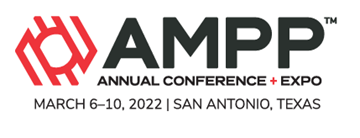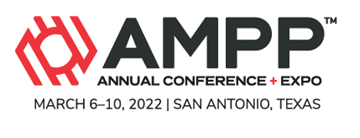Search
Case Study Based On Coating Failure Analysis Of Cargo Container
Also Purchased
Case Study Based On Failure And Application Of Surface Coating (Powder Coating)
Product Number:
51322-18109-SG
Publication Date:
2022
$20.00
Case Study - Coating Failure or Building Failure
Product Number:
51216-015-SG
Publication Date:
2016
$20.00
Case Study: Foreign Operator DC Interference On An Existing Pipeline Systems
Product Number:
51322-17587-SG
Publication Date:
2022
$20.00
Recently viewed




